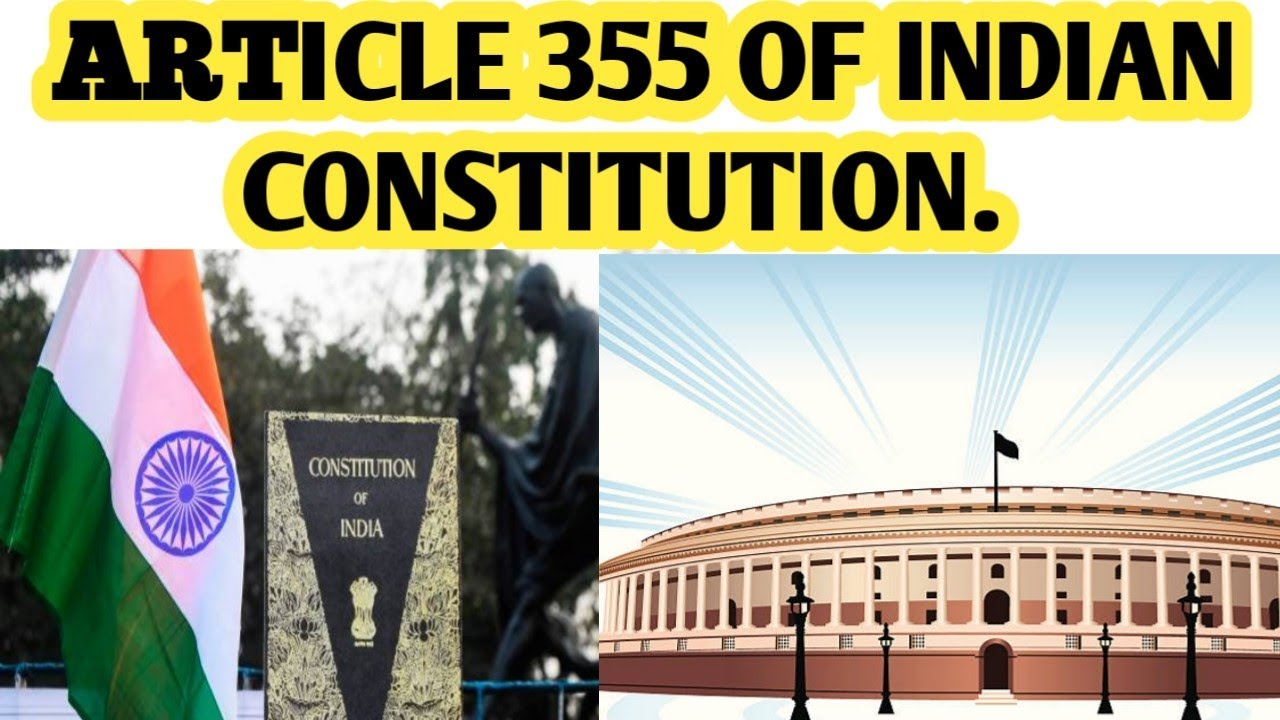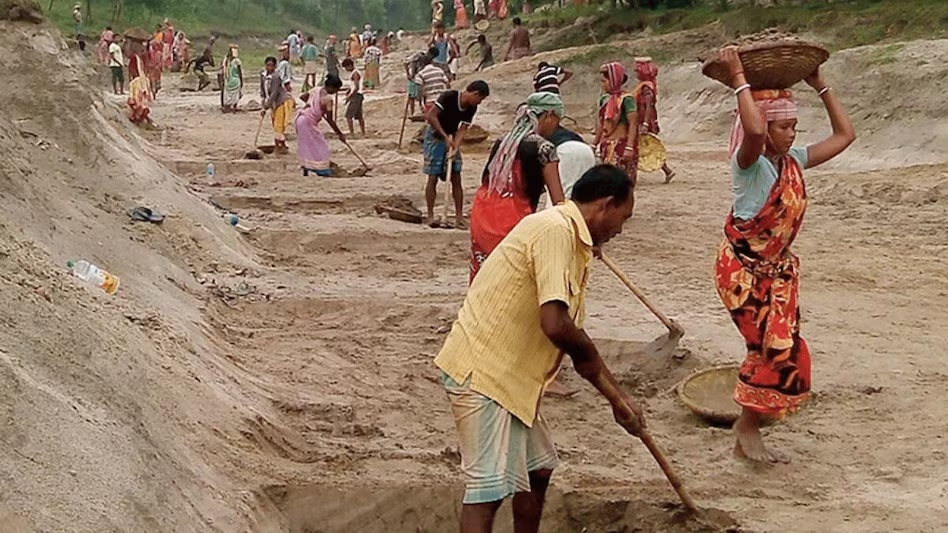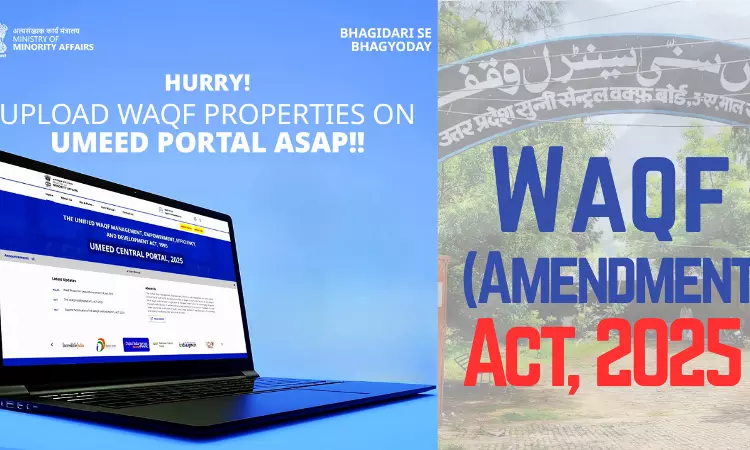Description

Copyright infringement is not intended
Context: Opposition parties demanding invoking of Article 355 in Bengal.
Details
- Opposition parties in the Bengal Assembly write to the President, demanding invoking of Article 355 in Bengal.
- The demand was raised in the background of violence in West Bengal’s Birbhum district.
About Article 355
- Article 355 of the Constitution deals with an emergency provision by which the Centre can intervene and protect a state against external aggression or internal disturbance.
- It shall be the duty of the Union to protect every State against external aggression and internal disturbance and to ensure that the government of every State is carried on in accordance with the provisions of this Constitution.
Emergency Provisions in Indian Constitution
- The Emergency provisions are contained in Part XVIII of the Constitution, from Articles 352 to 360.
- These provisions enable the Central government to meet any abnormal situation effectively.
- The rationality behind the incorporation of these provisions in the Constitution is to safeguard the sovereignty, unity, integrity and security of the country, the democratic political system, and the Constitution.
- During an Emergency, the Central government becomes all powerful and the states go into the total control of the Centre. It converts the federal structure into a unitary one without a formal amendment of the Constitution.
- This kind of transformation of the political system from federal during normal times to unitary during Emergency is a unique feature of the Indian Constitution.
The Constitution prescribed three types of emergencies:
- An emergency due to war, external aggression or armed rebellion (Article 352). This is popularly known as ‘National Emergency’.
- However, the Constitution employs the expression ‘proclamation of emergency’ to denote an emergency of this type.
- An Emergency due to the failure of the constitutional machinery in the states (Article 356). This is popularly known as ‘President’s Rule’.
- It is also known by two other names–‘State Emergency’ or ‘constitutional Emergency’. However, the Constitution does not use the word ‘emergency’ for this situation.
- Financial Emergency due to a threat to the financial stability or credit of India (Article 360).
President’s Rule
- It is also known by two other names–‘State Emergency’ or ‘constitutional Emergency’.
- Grounds of Imposition - Article 355 imposes a duty on the Centre to ensure that the government of every state is carried on in accordance with the provisions of the Constitution.
- It is this duty in the performance of which the Centre takes over the government of a state under Article 356 in case of failure of constitutional machinery in state.
- The President’s Rule can be proclaimed under Article 356 on two grounds–one mentioned in Article 356 itself and another in Article 365:
- Article 356 empowers the President to issue a proclamation, if he is satisfied that a situation has arisen in which the government of a state cannot be carried on in accordance with the provisions of the Constitution. Notably, the president can act either on a report of the governor of the state or otherwise too (ie, even without the governor’s report).
- Article 365 says that whenever a state fails to comply with or to give effect to any direction from the Centre, it will be lawful for the president to hold that a situation has arisen in which the government of the state cannot be carried on in accordance with the provisions of the Constitution.
- Parliamentary Approval and Duration - A proclamation imposing President’s Rule must be approved by both the Houses of Parliament within 2 months from the date of its issue.
- If approved by both the Houses of Parliament, the President’s Rule continues for 6 months.
- It can be extended for a maximum period of 3 years with the approval of the Parliament, every 6 months.
- Every resolution approving the proclamation of President’s Rule or its continuation can be passed by either House of Parliament only by a simple majority, that is, a majority of the members of that House present and voting.
- The 44th Amendment Act of 1978 introduced a new provision to put restraint on the power of Parliament to extend a proclamation of President’s Rule beyond one year. Thus, it provided that, beyond one year, the President’s Rule can be extended by six months at a time only when the following two conditions are fulfilled:
- Proclamation of National Emergency should be in operation in the whole of India, or in the whole or any part of the state.
- The Election Commission must certify that the general elections to the legislative assembly of the concerned state cannot be held on account of difficulties.
- A proclamation of President’s Rule may be revoked by the President at any time by a subsequent proclamation. Such a proclamation does not require parliamentary approval.
- Consequences of President’s Rule - The President acquires the following extraordinary powers when the President’s Rule is imposed in a state:
- He can take up the functions of the state government and powers vested in the governor or any other executive authority in the state.
- He can declare that the powers of the state legislature are to be exercised by the Parliament.
- He can take all other necessary steps including the suspension of the constitutional provisions relating to anybody or authority in the state.
- When the President’s Rule is imposed in a state, the President dismisses the state council of ministers headed by the chief minister.
- The state governor, on behalf of the President, carries on the state administration with the help of the chief secretary of the state or the advisors appointed by the President. This is the reason why a proclamation under Article 356 is popularly known as the imposition of ‘President’s Rule’ in a state.
- The President either suspended or dissolved the state legislative assembly.
- The Parliament passes the state legislative bills and the state budget. When the state legislature is thus suspended or dissolved.
- A law made by the Parliament or president or any other specified authority continues to be operative even after the President’s Rule. This means that the period for which such a law remains in force is not coterminous with the duration of the proclamation. But it can be repealed or altered or re-enacted by the state legislature.
- The constitutional position, status, powers and functions of the concerned state high court remain the same even during the President’s Rule.
- Use of Article 356 Since 1950
- The President’s Rule has been imposed on more than 125 occasions.
- On a number of occasions, the President’s Rule has been imposed in an arbitrary manner for political or personal reasons.
- Hence, Article 356 has become one of the most controversial and most criticised provisions of the Constitution.
https://indianexpress.com/article/india/adhir-president-invoke-article-355-bengal-7833401/









